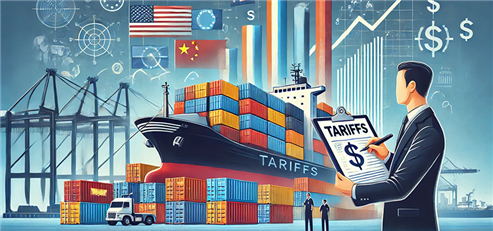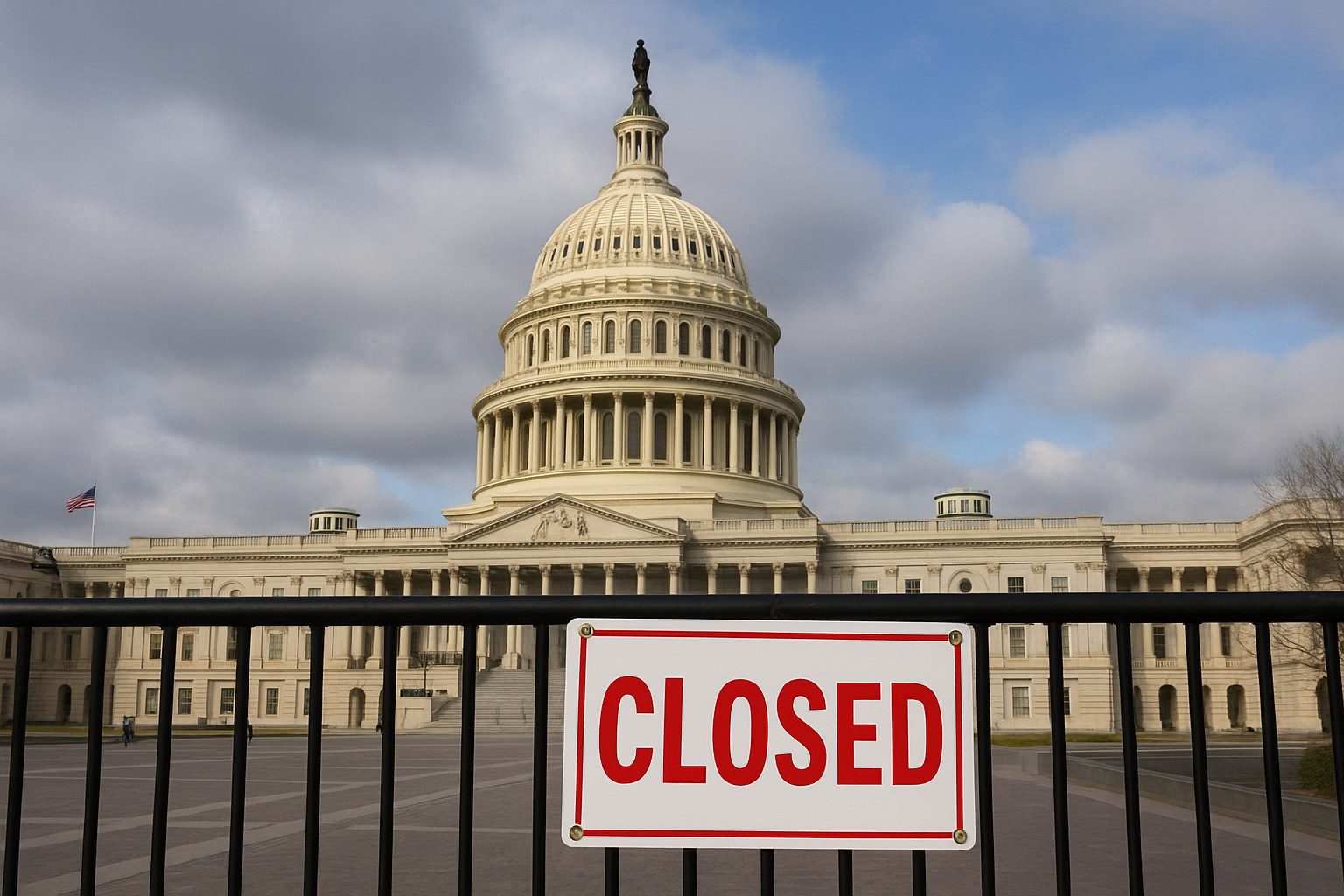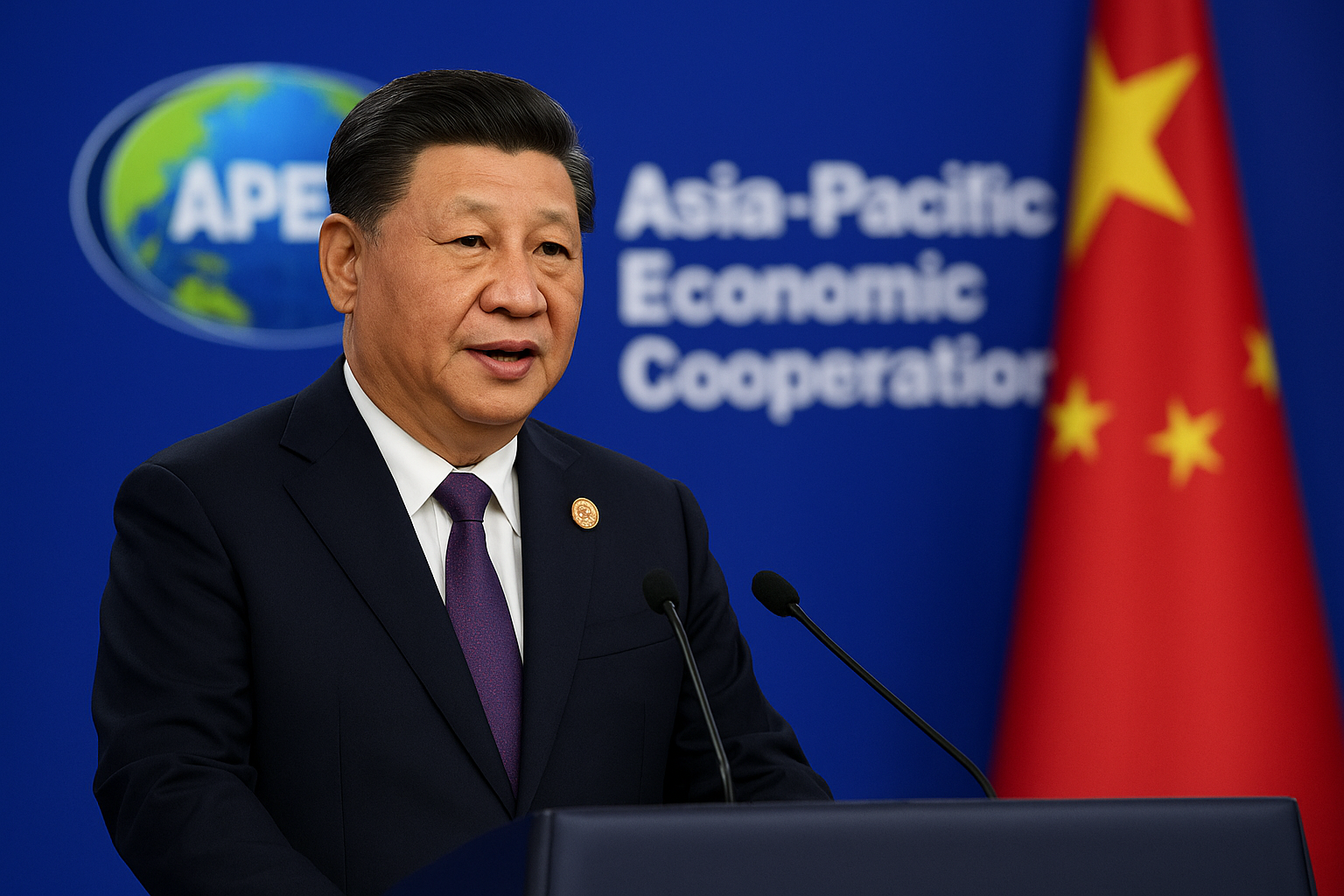The global financial landscape was thrown into disarray as President Donald Trump unveiled a sweeping new %Tariff regime, imposing a baseline 10% tariff on all imports into the United States. Additionally, “reciprocal tariffs” of up to 50% will target countries with significant trade surpluses, including China (34%), the European Union (20%), and Japan (24%). The immediate fallout was evident as global stock markets plunged, oil prices nosedived, and the U.S. dollar hit a six-month low.
Why This Matters for Investors
The implications of this aggressive trade policy shift are profound. The markets have already reacted with heightened volatility, reflecting investor concerns about supply chain disruptions, retaliatory tariffs, and broader economic consequences. The S&P 500 dropped 3.5% in early trading, while the Dow Jones Industrial Average plummeted over 900 points. Asian and European markets mirrored these declines, with the Nikkei 225 shedding 4.1% and the Euro Stoxx 50 down 3.8%.
Key Market Reactions:
– The technology sector was among the hardest hit, with companies like %Apple (NASDAQ: $AAPL) and %NVIDIA (NASDAQ: $NVDA) facing pressure due to potential cost increases on imported components.
– The automotive industry is bracing for higher production costs, affecting companies such as %Ford (NYSE: $F) and %GeneralMotors (NYSE: $GM), both of which rely heavily on global supply chains.
– The U.S. dollar fell to a six-month low against a basket of major currencies, with the euro and Japanese yen strengthening in response.
– Oil prices dropped 5%, as investors feared a slowdown in global economic growth would curb energy demand.
The Global Economic Ripple Effect
The broader economic consequences of these tariffs cannot be ignored. Analysts warn that escalating trade tensions could slow GDP growth and weaken corporate earnings, particularly in export-driven industries. China has already hinted at retaliatory measures, which could further impact multinational corporations with significant exposure to Chinese markets.
A recent report from Goldman Sachs estimates that these tariffs could trim U.S. GDP growth by 0.5% annually if sustained, while increasing inflationary pressures as companies pass higher costs onto consumers. Furthermore, the International Monetary Fund (IMF) has revised its global growth outlook downward, citing trade uncertainty as a key risk factor.
What Experts Are Saying:
– “If this tariff policy escalates into a full-blown trade war, investors should prepare for an extended period of market instability,” says Richard Koo, Chief Economist at Nomura Research.
– “Businesses that rely on imported raw materials will see shrinking profit margins, which could lead to layoffs and slower expansion,” adds Bloomberg economist Lisa Abramowicz.
– “A potential silver lining is that certain sectors, such as domestic manufacturing and commodities, may benefit from protectionist policies,” notes Morgan Stanley strategist Michael Wilson.
Investment Strategies Amidst Market Volatility
Given the uncertainty surrounding trade policies, investors should consider a diversified approach to minimize risk. Some key strategies to navigate the turbulence include:
– Shift Toward Defensive Sectors: Companies in consumer staples, utilities, and healthcare tend to be more resilient during economic slowdowns. Stocks like Procter & Gamble (PG), Johnson & Johnson (JNJ), and NextEra Energy (NEE) could offer stability.
– Increase Exposure to Domestic-Focused Companies: Businesses that derive most of their revenue from the U.S. market, such as regional banks and domestic retailers, may be insulated from global trade disruptions.
– Hedge Against Currency Fluctuations: With the U.S. dollar weakening, investors might consider assets that benefit from a weaker dollar, including gold and emerging market equities.
– Monitor the Federal Reserve’s Response: If economic data starts to show a significant slowdown, the Fed could adjust monetary policy to counteract the effects of tariffs, potentially creating opportunities in interest rate-sensitive sectors.
Uncertainty Prevails
While the long-term consequences of these tariffs remain uncertain, one thing is clear—market volatility is here to stay. Investors should remain vigilant and adapt their strategies accordingly. As global trade tensions continue to unfold, staying informed and proactive will be key to navigating the evolving financial landscape.
For daily investor insights and real-time market updates, keep following MoneyNews.Today





